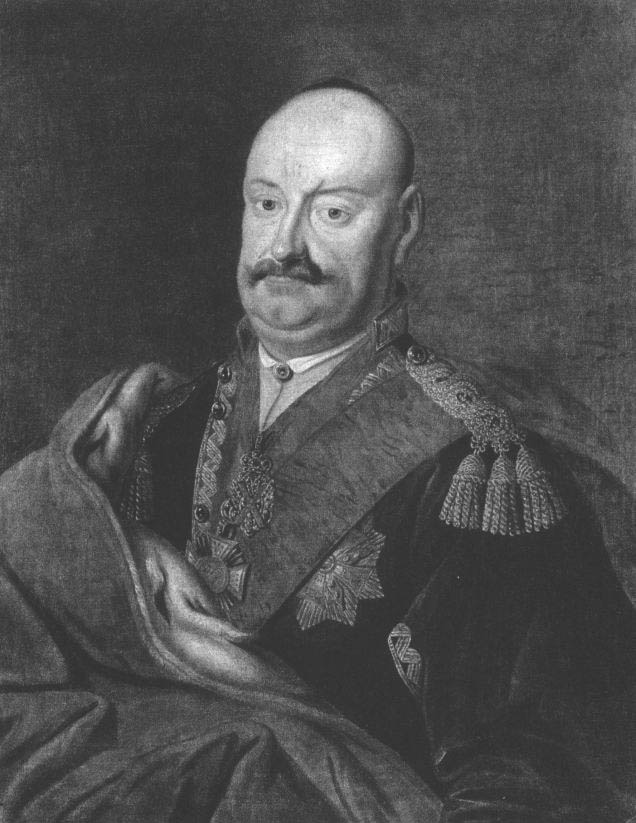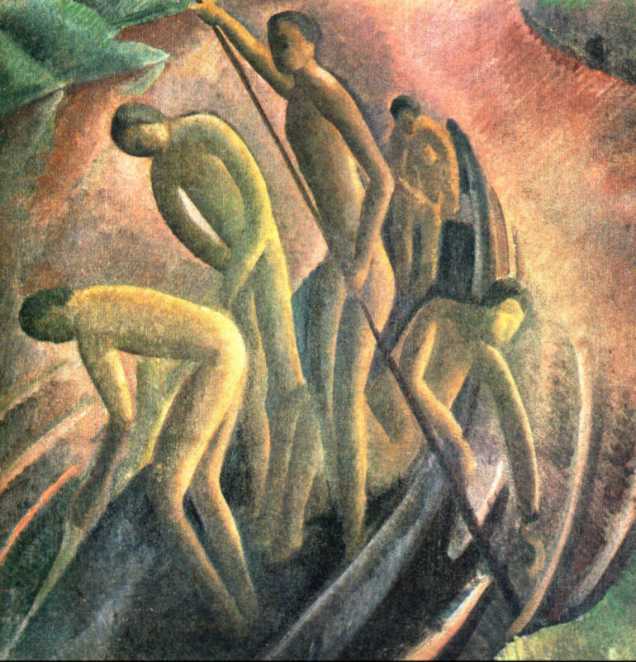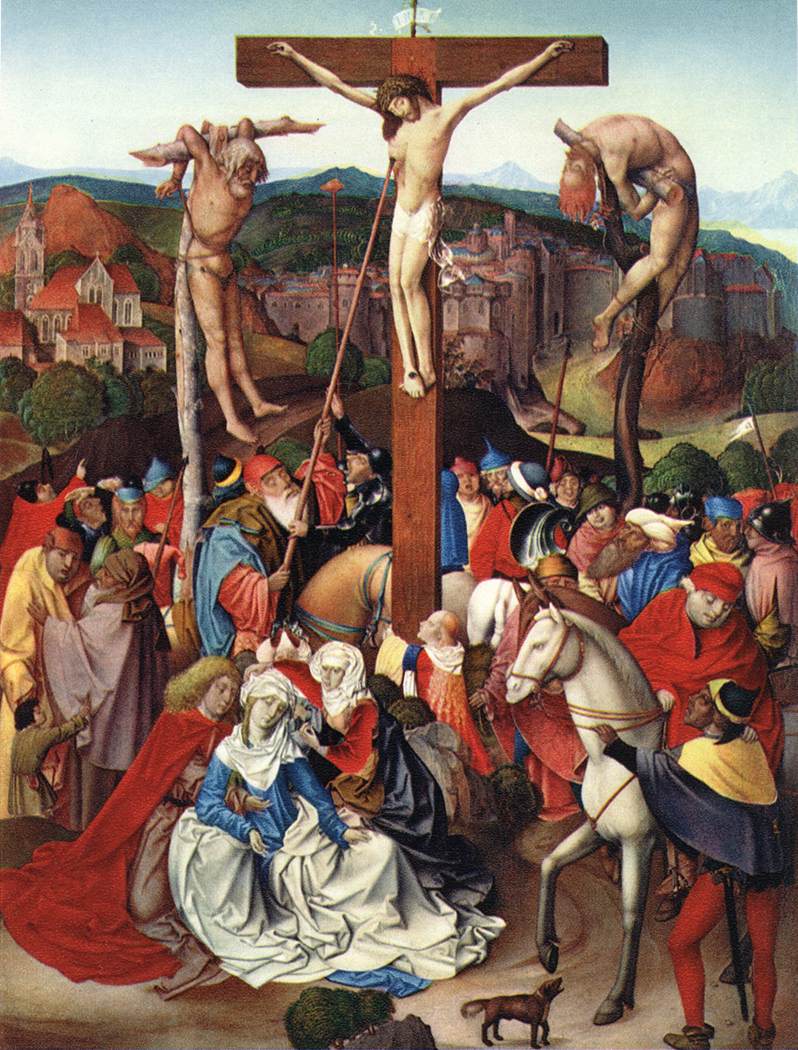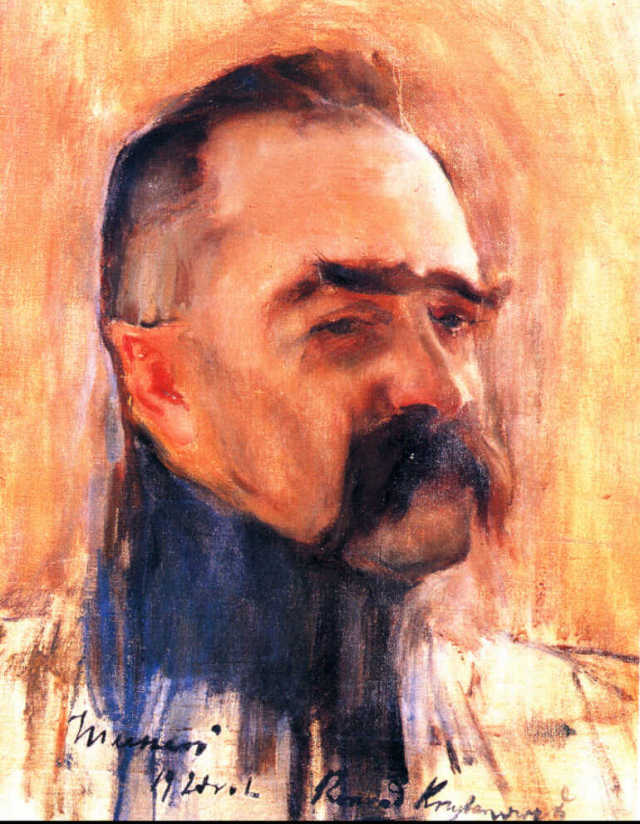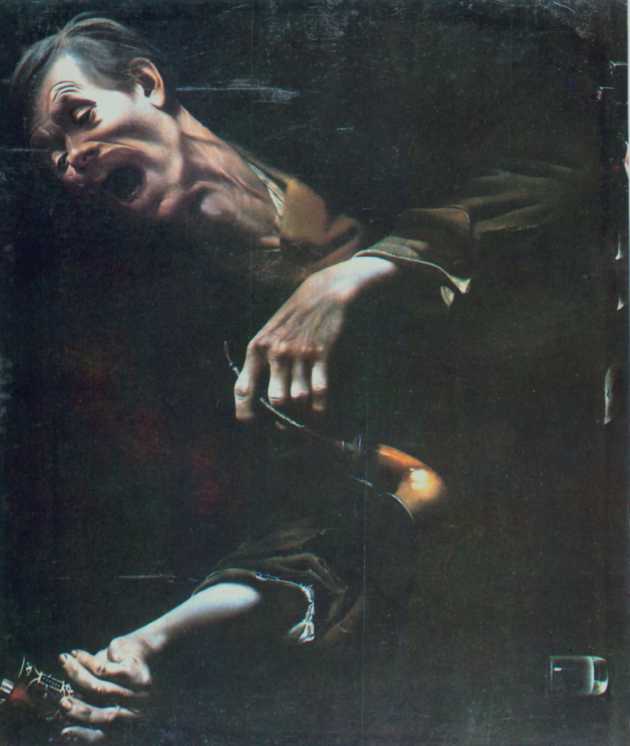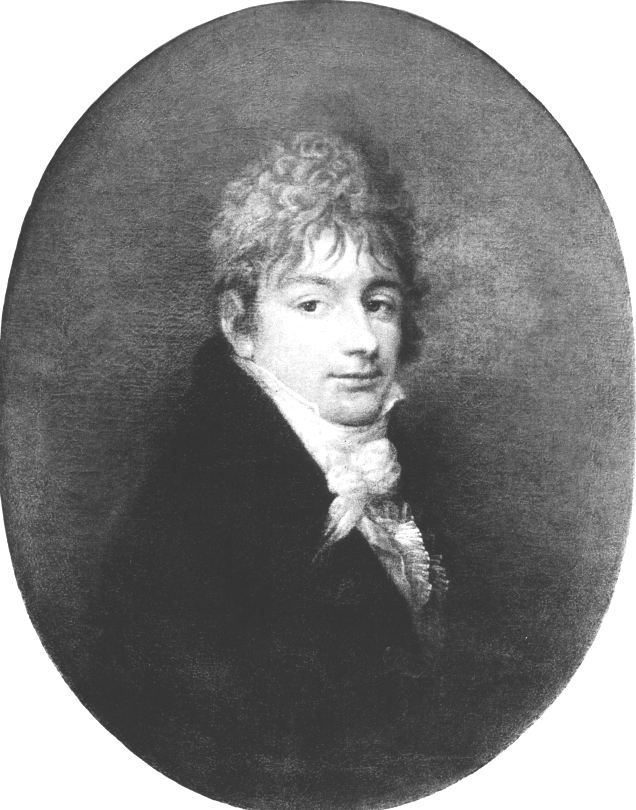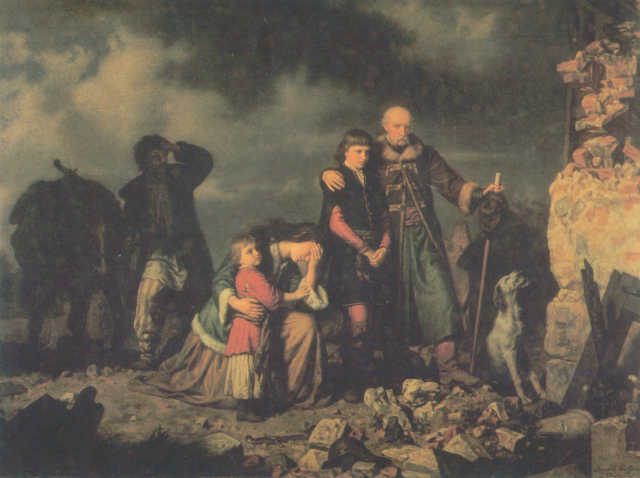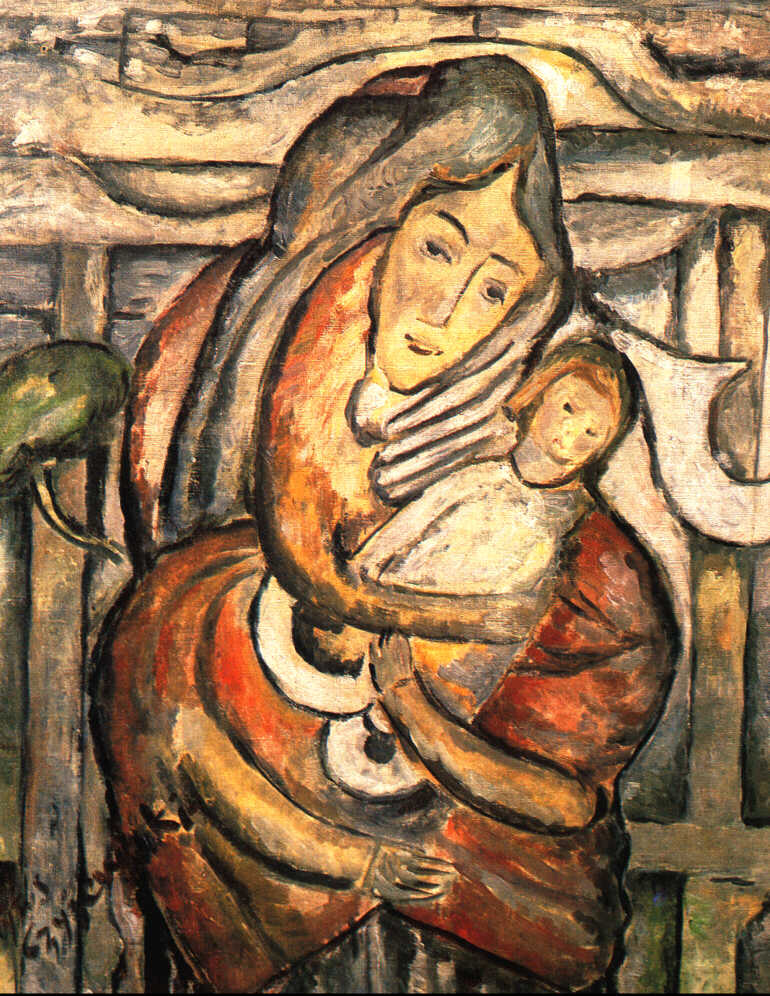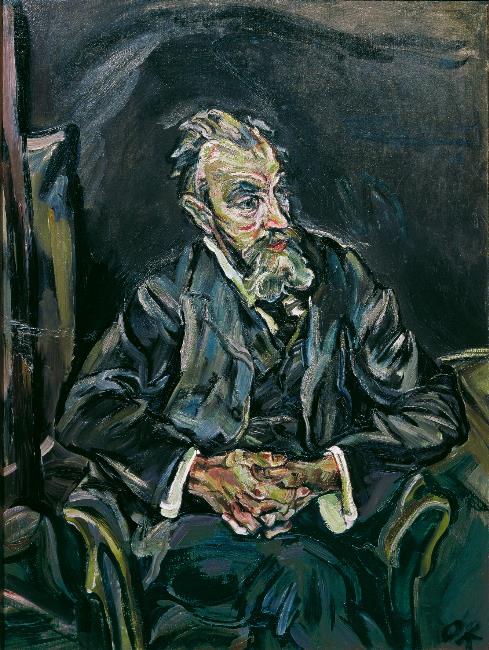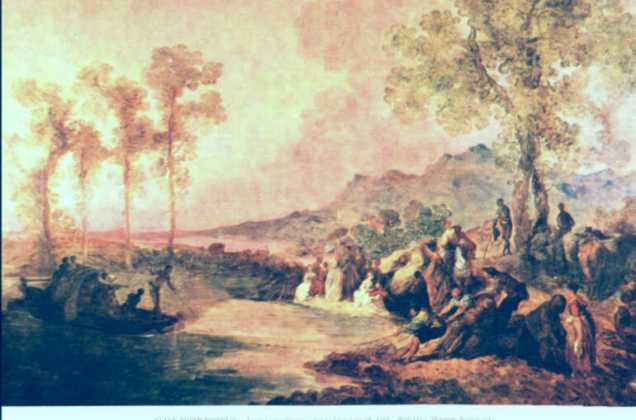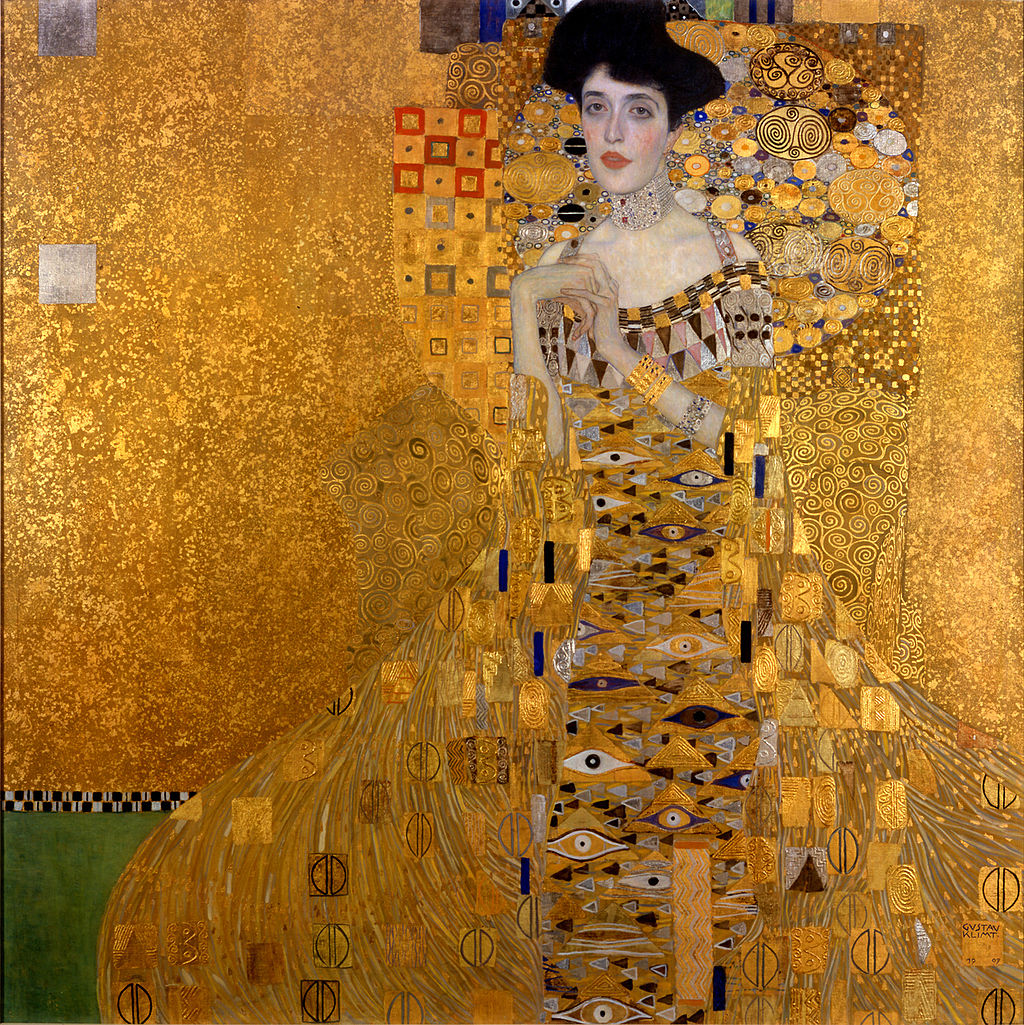
Gustav Klimt – Vienna – Belweder
Works of Gustav Klimt (1862-1918) are in the second room, next to the works of contemporary artists: Kolo Mosera, Carla Molla i Maxa Kurzweila. Ethereal image, a woman in the Portrait of Sonja Knips, as if absent by thoughts (1898) this is Klimt's first work as an independent artist, and at the same time the first of the portraits commissioned by the wives of wealthy Jewish industrialists. The next two portraits can be seen in the adjacent room. They are Portrait of Fritzy Riedler (1906), from which exudes Klimt's love of rich ornamentation, and Portrait of Adela Bloch-Bauer I. (1908) painted at the peak of the zloty period. In the painting, the model is obscured by gilded Mycenaean spirals and Egyptian eyes, no wonder then, that one of the critics was dissatisfied with this, using a word game, that there is “more garbage on it than Mrs. Bloch” (more sheet metal than Bloch).
The culmination of the golden period in Klimt's work is the monumental work entitled. A kiss displayed behind armored glass. It depicts Klimt holding his long-time lover in the embrace, Emilię Flóge. Use of gold, perhaps inspired by the father's influence, which was the engraver, was received enthusiastically, and the work was bought into the state collection during the Kunstschau w 1908 r. This is an unusual case – it rarely happens, to be an artist, towards which the elite express their disapproval, he was officially supported by the authorities. Klimt's next famous work is Judith I., early "gold” work of the year 1901 depicting a Jewish murderer in a state of sexual ecstasy after the beheading of Holofernes. Adela Bloch-Bauer posed for the picture. It must be noted, that the original is much smaller than you might expect, so it's not hard to miss.
There are also eight square landscapes in the room with the Kiss. They are placed in two equal rows on one wall. Every year Klimt spent his summer holidays at the Floge family house on the Attersee in the Salzkammergut. At that time, he painted al fresco landscapes as a relaxation, straight on the canvas, no preliminary sketches. Just like Monet, he often went out to the middle of the lake, set easels on the boat, and finished the work after his holidays in a Viennese studio. The fruit is rich, almost flat one-dimensional works, type of colored tapestries (some even smack of pointillism), nice to the eye and enjoying great popular salon regulars.
In the last of the rooms dedicated to Klimt there are works from the final period of his work. The artist no longer painted with gold paint, succumbing at the same time to the influence of Japanese art and the basic colors of the Fauvists, np. Matissea. The result can be evaluated, looking at Portrait of Adela Bloch-Bauer II (1912), on which the painted figure resembles a doll. The work was created only four years after the golden version. Klimt usually worked on several canvases at once, he often painted his models naked, and the clothes were later painted. This can be seen in the unfinished bride, which was found in the artist's studio after his death, together with the fauvistic Portrait of Joanna Staude.
You can look down from the last Klimt hall, admiring the richly gilded octagonal palace chapel, more than two floors high, designed by Hildebrandt. To this day, it has retained more or less this appearance., what she had in the times of Eugene of Savoy.
